Shelburne Museum's Native American art is back, after decades in storage
SHELBURNE - About 30 years ago, Shelburne Museum removed its collection of Native American art from the Beach Lodge and put it into storage, where it has remained.
"It had gotten to the point where it was culturally insensitive, so the professional staff at the time, realizing we didn't have the cultural competency on staff, just took it all back off (display) and put it in storage," Museum Director Thomas Denenberg said last week.
That's about to change.
Beginning on June 24, Shelburne will present a collection of Pueblo pottery in in the Pizzagalli Center for Art and Education − an exhibition overseen by the museum's first associate curator of Native American art, Victoria Sunnergren.
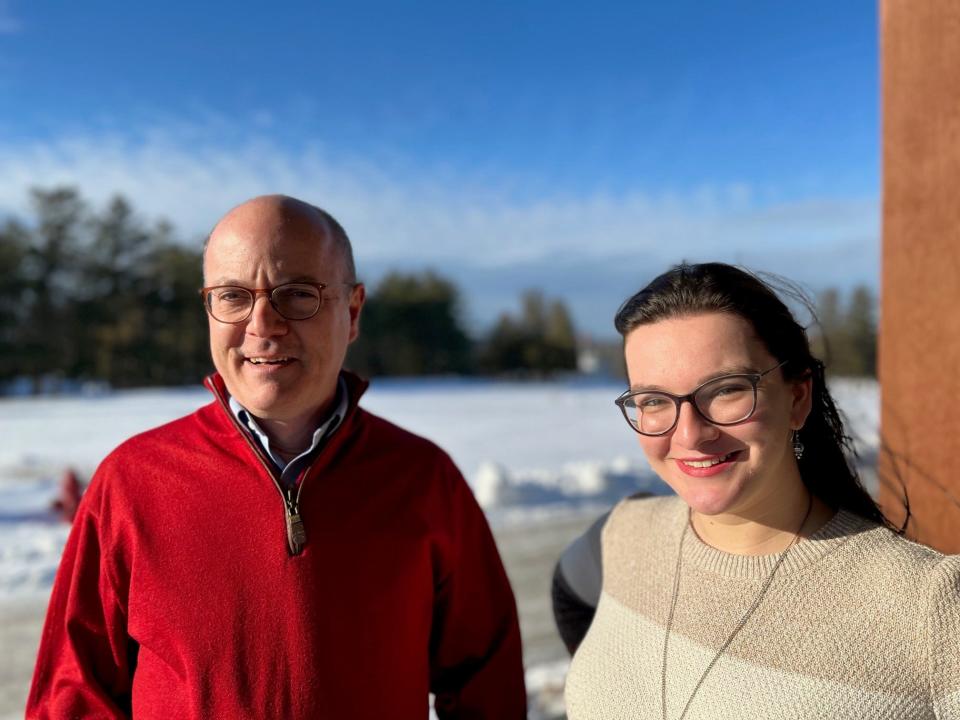
By hiring Sunnergren and taking its Native American collection out of mothballs, Shelburne is putting itself in line with a national trend among art museums to give Native American art the recognition it deserves, according to Sunnergren, whose position was funded by the Henry Luce Foundation.
"Native American art is American art," Sunnergren said. "It's part of America's story. You shouldn't have American antiquities museums without displaying Native American art as well."
Denenberg said he went to his board about three years ago and said Shelburne should either put together a program for its Native American art collection, which included hiring a curator, or it should transfer the collection to other institutions that would put it on display.
"It shouldn't just be sitting," Denenberg said.
An 'uptick' in indigenous art
Victoria Sunnergren said she has always been interested in history and museums.
"I grew up going to England a lot because we have English families and we would always go to the big London museums," she said.
In high school, Sunnengren traveled to the Navajo nation to teach art and music classes to the children on the reservation.
"I was completely shocked with the type of art (I saw) not taught in school," she remembered. "I had no concept of these art styles. I immediately threw myself into it. I've been working on this stuff since high school."
Sunnergren has bachelor's degree in art history and religion and a minor in museum studies from Florida State University. She has a master's degree in art history from the University of Delaware and is finishing her doctorate in curatorial track art history, also from the University of Delaware.
"So I'm specifically trained to be a curator rather than a professor," Sunnergren said. "The whole time from undergrad has been focused on indigenous arts."
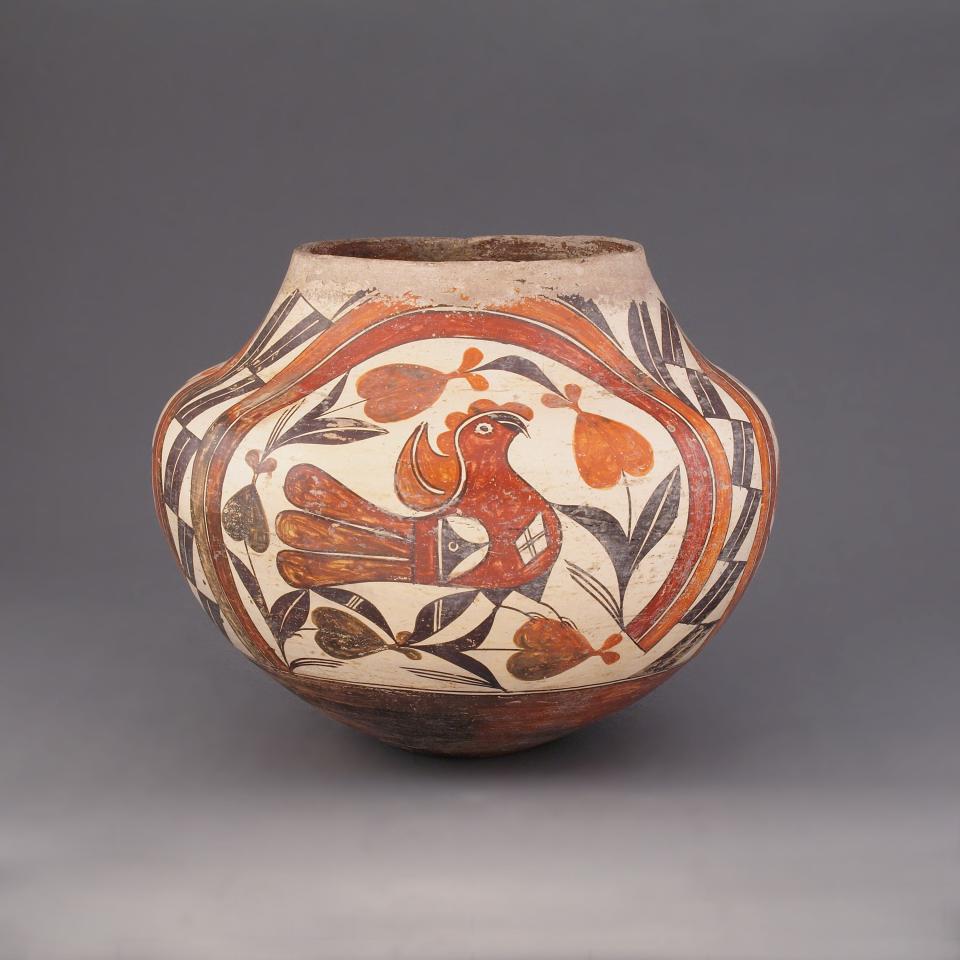
Sunnergren said that while there has been an "uptick" in the number of people studying indigenous art, when she started her education it was "not something we talked about."
Denenberg said the University of Delaware is one of the premier schools in the United States for studying art history and American art.
Some moccasins, some dolls, some clothing
The Pueblo pottery going on display in June is not part of the museum's own collection of Native American art, but rather is owned by Teri Perry, wife of the late Burlington restaurateur Tony Perry. Perry told the Burlington Free Press in 2021 her husband was captivated by the West, and over the years the couple collected more than 300 Western paintings and other art works that now are on display in the home they built outside of Vail, Colorado, after selling their chain of restaurants in Vermont and surrounding states.
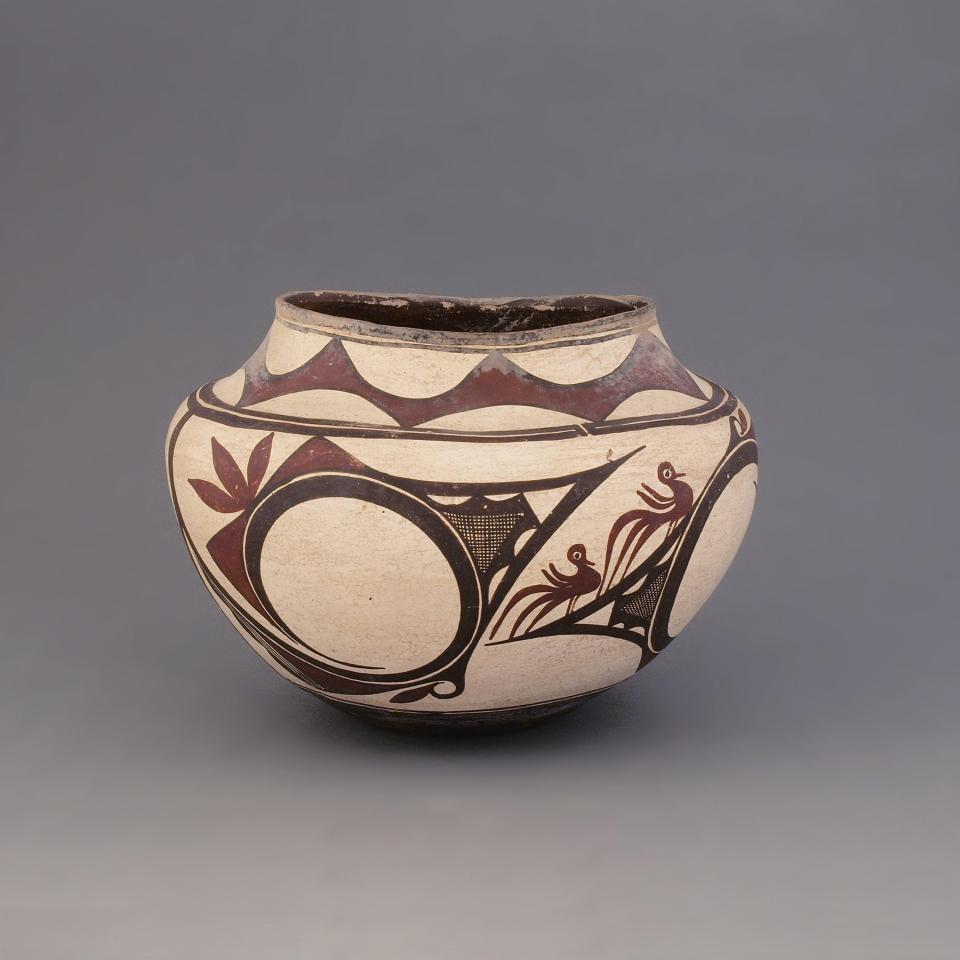
Shelburne's own collection of Native American art consists of about 300 items, collected in large part by the painter Ogden Pleissner and by Harry Havemeyer Webb, the son of museum founder Electra Havemeyer Webb.
"We have some moccasins, some dolls, some clothing, largely (from Plains tribes), a little bit of Arctic material, a little bit from the Southeast, a little bit from the Northeast," Sunnergren said. "So it's a good breadth."
Shelburne's Native American collection includes "very few" Abenaki items, according to Denenberg, but he said the museum would be "partnering" with the Abenaki on its collection going forward.
"We want to be responsive to the community we serve," Sunnergren said.
Abenaki chief weighs in
Chief Don Stevens of the Nulhegan Abenaki Tribe, who lives in Shelburne, welcomes the new initiative at the museum. Stevens said the Nulhegan Abenaki have loaned a 22-foot birch bark canoe to Shelburne, which will be on display in the Pizzagalli Center.
"The canoe can handle a moose and two people," Stevens quipped.
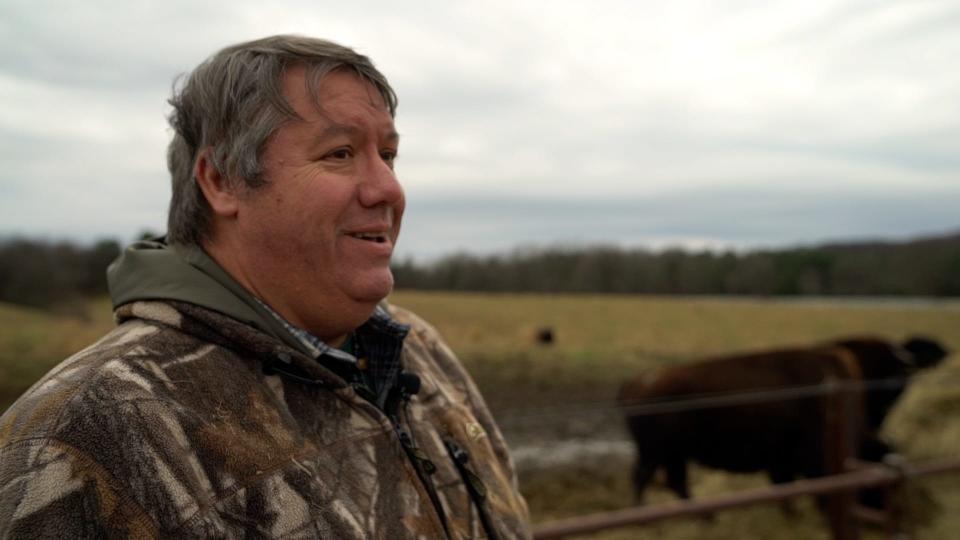
Stevens has been working with Shelburne Museum for many years, and has also done some consulting for them. While he said it would have been "great" if the new curator for Native American Art was an indigenous person, he said what matters most is having a curator willing to work in partnership with the indigenous community, which Sunnergren has done.
"If you're working in partnership, it's not appropriation, it's partnership," Stevens said. "This is giving Vermont a new path forward of working in partnership with the indigenous communities that live here in Vermont, because we are the original stewards."
It's maker, not artist
Sunnergren said the term Pueblo, bestowed by the Spanish, who encountered the tribes historically, refers to 21 Native American communities in New Mexico, Arizona and Texas. The pottery that will be on display comes from eight of those communities in New Mexico: Acoma, Cochiti, Laguna, Santa Ana, Santo Domingo, San Ildefonso, Zia and Zuni.
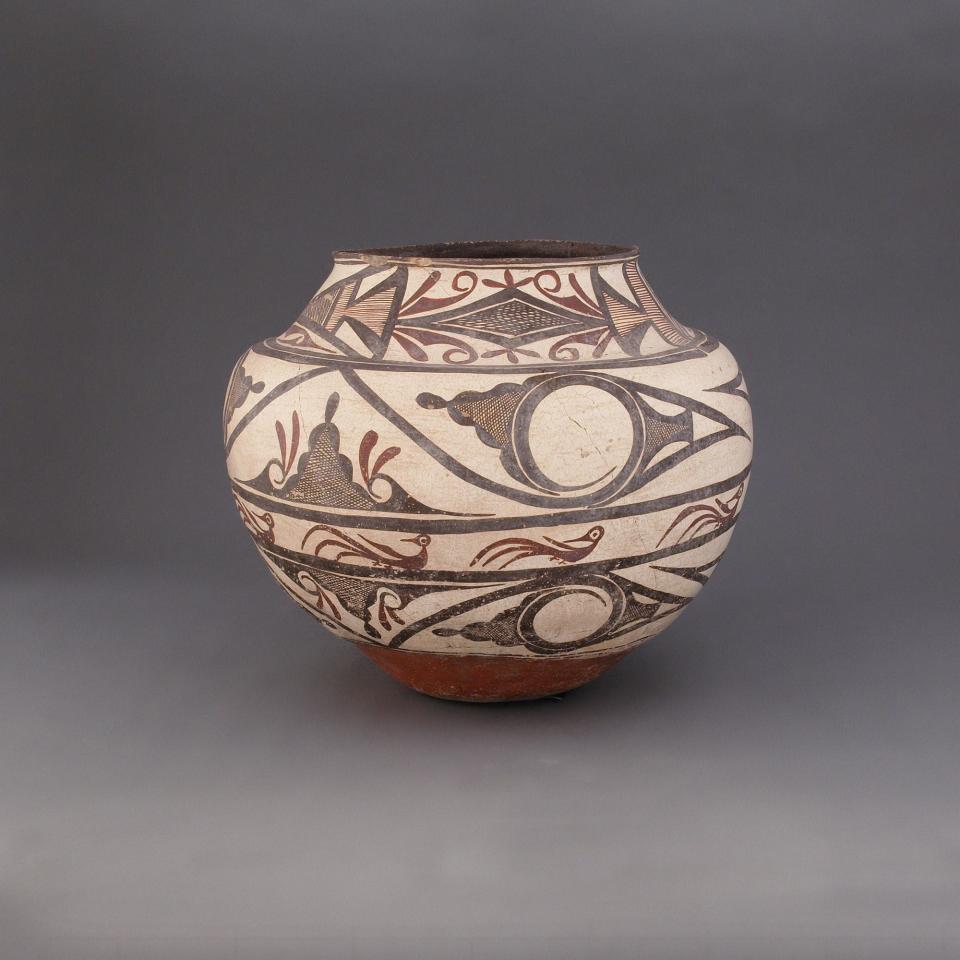
Sunnergren is working on the exhibition with five scholars and artists from the represented communities.
"Everything we do we're going to run past them and make sure they think it's culturally appropriate," she said.
One change the advisors have asked for already is to use the term "maker," rather than "artist," when referring to the people who created the pottery. The names of those makers have been lost to the passage of time.
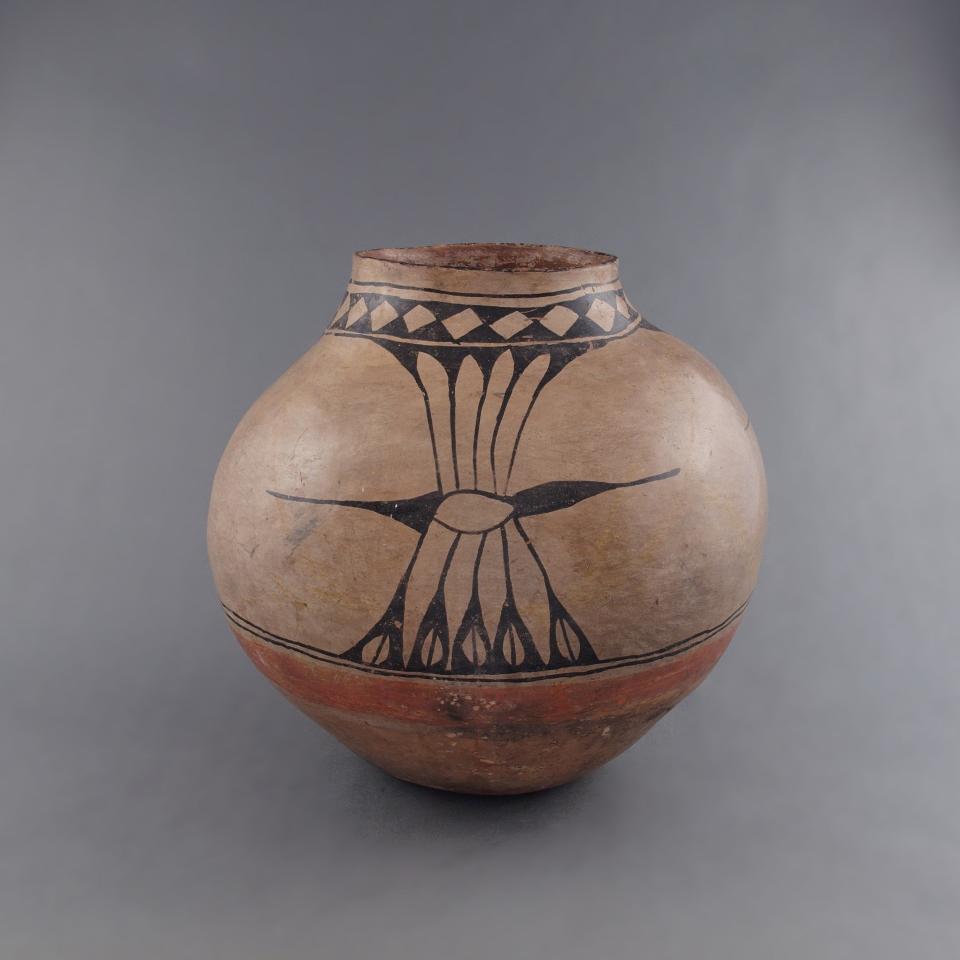
"These are things that were in the home and were used and we shouldn't just think of them as fine art," Sunnergren explained.
Tiffany's 'Indian' room
Shelburne's collection of Native American art dates back to 1947, when Electra Havemeyer Webb purchased a collection of about 25 Tlingit baskets from the estate of Louis Comfort Tiffany, who had them in an "Indian" room at his estate in Oyster Bay, Long Island.
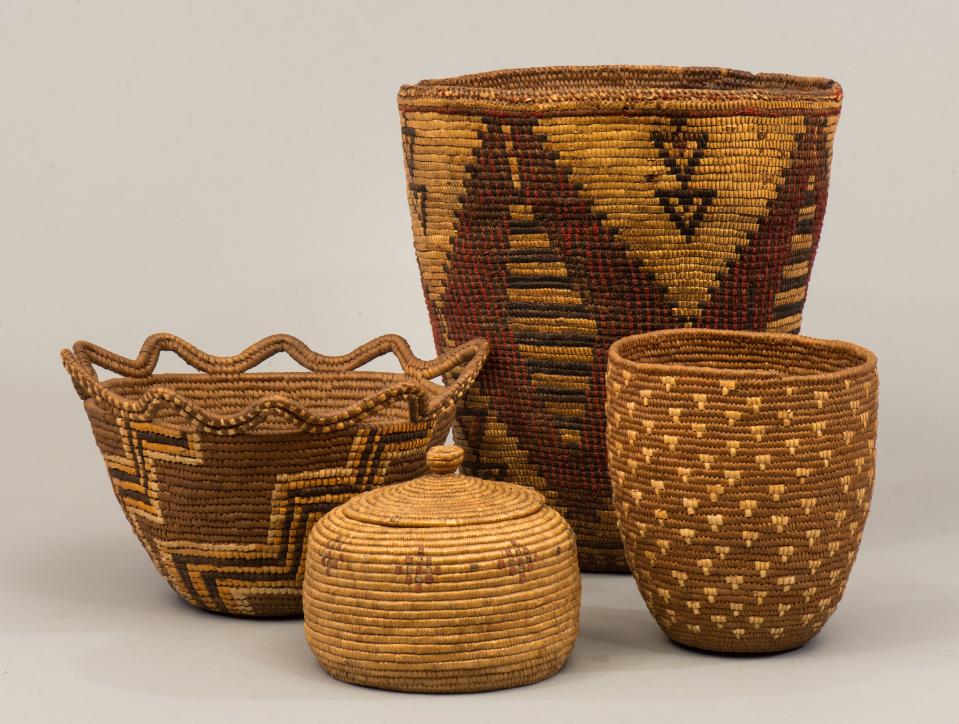
"A lot of wealthy folk at the turn of the century collected Japanese or Chinese or Moroccan art, anything perceived as different from western European," Denenberg said. "Tiffany having an 'Indian' room was his version of that."
Shelburne hasn't yet determined where its Native American art collection will be permanently housed, although it certainly won't return to the Beach Lodge, one of two buildings constructed in the 1960s to resemble an Adirondack great camp. Denenberg said the venue was perhaps particularly inappropriate.
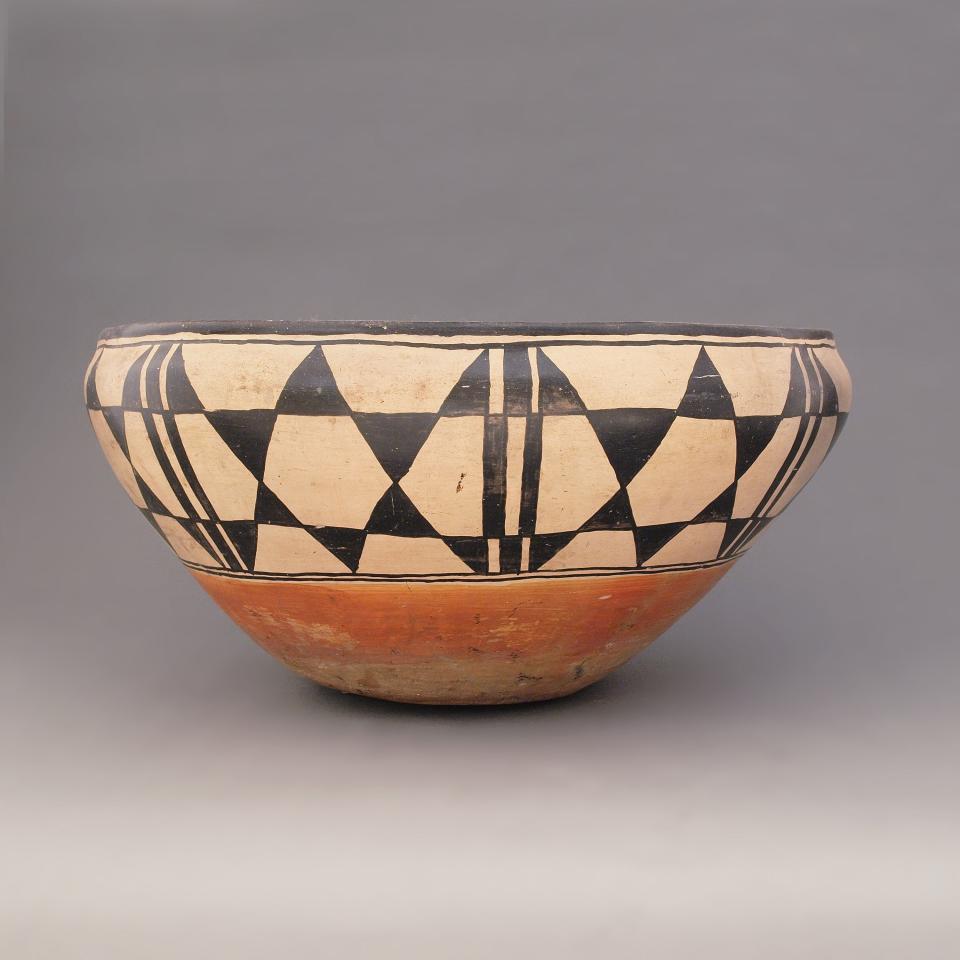
"I wouldn't want to put it in one of the historic buildings," Denenberg said. "There's a tension there. The reason it came out of Beach Lodge in the 90s is because that's a made-up Adirondack cabin. Having indigenous materials from the West in there is a little inappropriate at this point."
For now the collection will be displayed in the Pizzagalli Center.
Contact Dan D’Ambrosio at 660-1841 or ddambrosio@freepressmedia.com. Follow him on Twitter @DanDambrosioVT. This coverage is only possible with support from our readers.
This article originally appeared on Burlington Free Press: Shelburne Museum will display its collection of Native American Art

